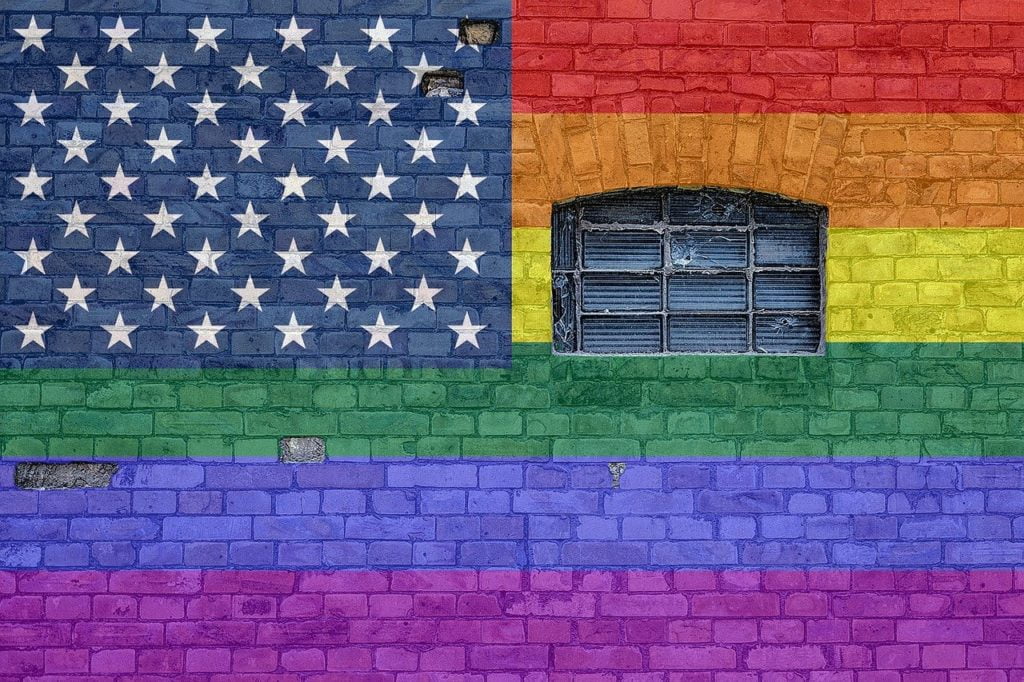Binge drinking is a huge problem on college campuses and among young people in general. A recent study, though, has found that students struggling with issues regarding sexual orientation tend to have more dangerous drinking habits than other students.
The study, which was published in Journal of Studies on Alcohol and Drugs, surveyed over 2,000 college students throughout their four years on campus. The results were telling: The students who identified as bisexual or who were unclear on their sexual orientation were more likely to abuse alcohol and drink excessively to relieve anxiety and depression.
Amelia Talley, the lead author and professor at the University of Missouri (where the study was performed), theorized that bisexuality could lead to identity crises for these students, who struggle with the fact that they don’t feel 100% heterosexual or 100% homosexual. As such, they have a harder time understanding their own sexual identity as well as a harder time fitting in among their peers.
It’s easy to understand why these students would grapple with such feelings of insecurity and anxiety. People have a hard time understanding bisexuality, especially if they have never experienced similar feelings themselves. However, the truth is that sexuality is fluid and ever-changing, and for many people, attraction to both the same sex and the opposite sex is as natural as homosexuality or heterosexuality. And, bisexual feelings are generally not as uncommon as they might seem.
In order to explain this, one needs to look no further than the Kinsey scale. According to his scale of sexual orientation, there are different levels of homosexuality and heterosexuality. At the bottom of the scale (0), a person is 100% heterosexual and at the top of the scale (6), a person is considered 100% homosexual.
Perhaps surprising to many, most people don’t identify as a 0 or a 6. They place elsewhere on the scale, which is why a heterosexual person might occasionally have feelings of attraction for a person of the same sex, or why a homosexual person might be aroused by a member of the opposite sex.
Although we like to give people strict definitions and pigeonhole sexual identities as straight or gay, the truth is that sexuality is rarely that straightforward and simple. And, even if you identify as one number (such as 4) at the present, you might find that you move up or down the scale as time progresses and you enjoy different experiences.
Sadly, it isn’t uncommon for bisexual people to endure prejudice from both heterosexual and homosexual communities. Feeling as though they don’t fit in anywhere or have a group to pledge allegiance to, bisexuals often suffer from isolation and self-doubt: All of which can explain the higher incidence of alcohol abuse in this community.
The good news is that the tide is finally turning. People are beginning to understand that sexuality comes in many different shapes and forms and that there is no “right” answer when it comes to defining matters of love and sex. If you are seeking resources or advice, check out the Bisexual Resource Center (http://www.biresource.net/) or if you’re on a college campus, talk to a campus counselor for help in your area.

